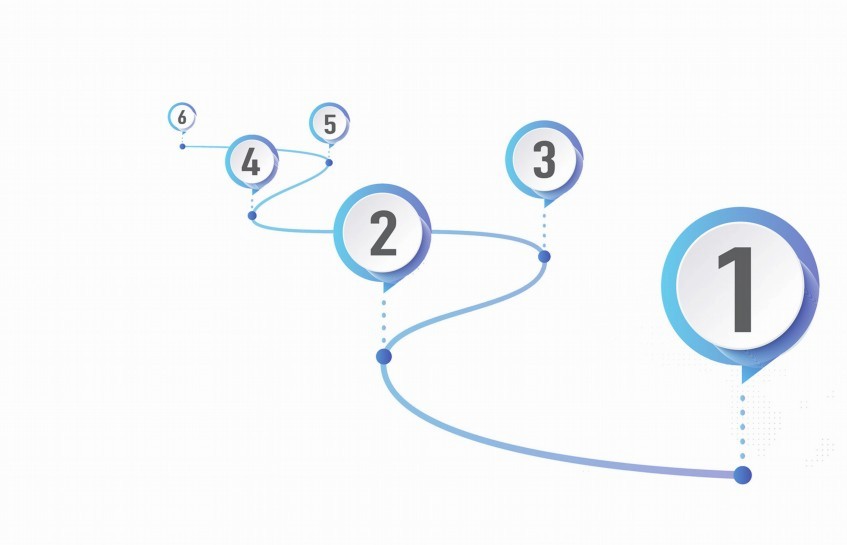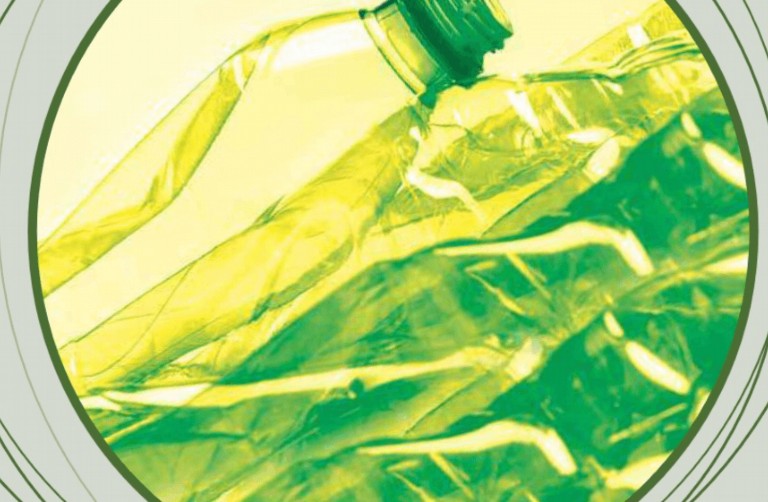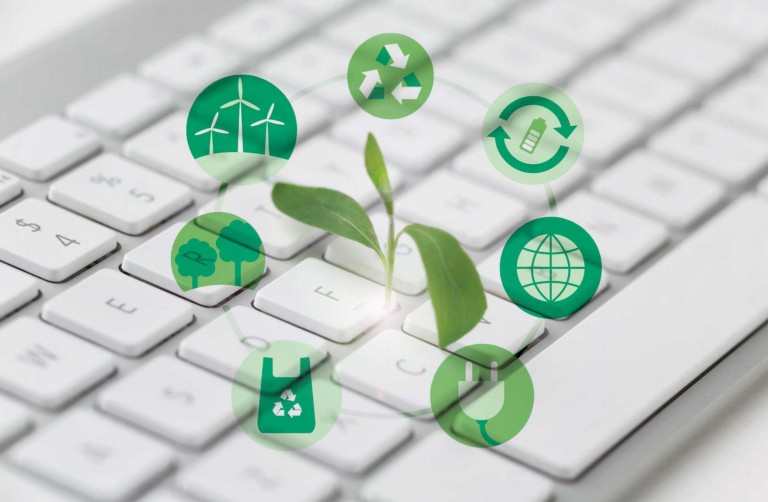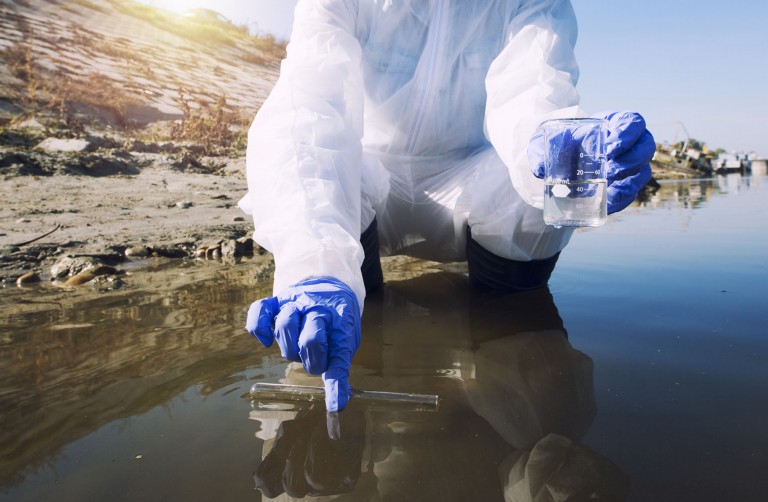
The world as it is today would not be possible without the innovations of plastic. In order to replace materials that were already becoming scarce in nature, plastic was the perfect alternative.
The recycling production chain begins with the consumer, who separates and delivers the packaging or plastic products for selective collection or to the PEVs - Voluntary Delivery Points. From there, the material is collected by the collectors and cooperatives and taken to the sorting centers where each product is separated by the type of resin. Therefore, the products receive this numbering from 1 to 7, which helps in the identification.
1. PET | 2. HDPE | 3. PVC | 4. LDPE | 5. PP | 6. PS | 7. OTHERS
After sorting, each group of material is taken to the Recyclers.
In Mechanical Recycling, which is the most common for post-consumer plastic materials, waste goes through four stages:
1. Fragmentation (grinding) - the waste is taken to a mill that reduces its size.
2. Washing and Separation - the fragments (commonly called flakes) are washed with water and the separation is done by the difference in densities, that is, the denser materials sink and the less dense are on the water surface.
3. Drying - the separate flakes are dried in large dryers with hot air circulation.
4. Extrusion - the dried flakes are fed into an extruder machine where they are melted by heating and taken by an endless screw to a matrix where continuous filaments (commonly called “spaghetti”) are formed which are cooled in a bathtub with water at room temperature and are cut in a granulator, forming the granules of recycled plastic material that are packaged.
The Recyclers send the raw material to the processing industries (the so-called “Transformers” of the Plastic Productive Chain). They are the ones who develop the plastic products that are part of our life and that bring innovative solutions to all sectors of the industry.
One of the limitations for recycling, mainly mechanical, is the great heterogeneity of the flows of plastic waste. Therefore, there are other types of recycling:
Chemical recycling: processing of plastic products, transforming them into chemical substances or raw materials, almost always involving depolymerization processes.
Energy recovery and incineration: burning waste to generate heat, steam or energy. Used in places where collection is not yet done selectively or when all possibilities of mechanical recycling have been exhausted. Incinerated waste is actually considered to be waste. It is estimated that the incineration of plastic waste provides an 85-90% reduction in the volume of plastic material.
Is it easy to understand why plastic is an essential material for our lives? Plastic must be used with respect and recycled, always.
Source: Plástico Transforma


